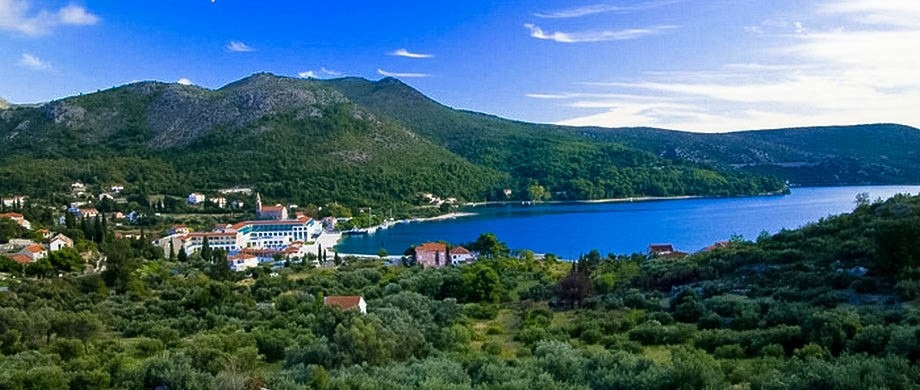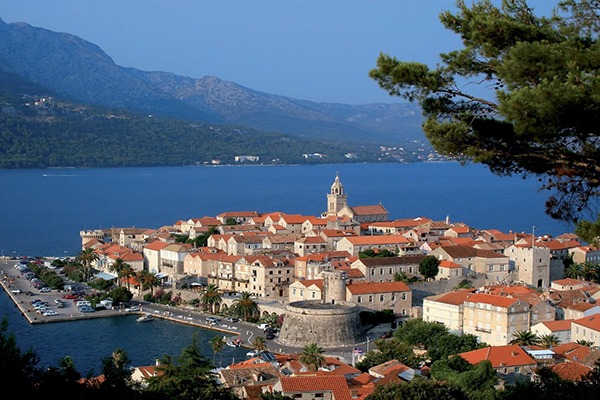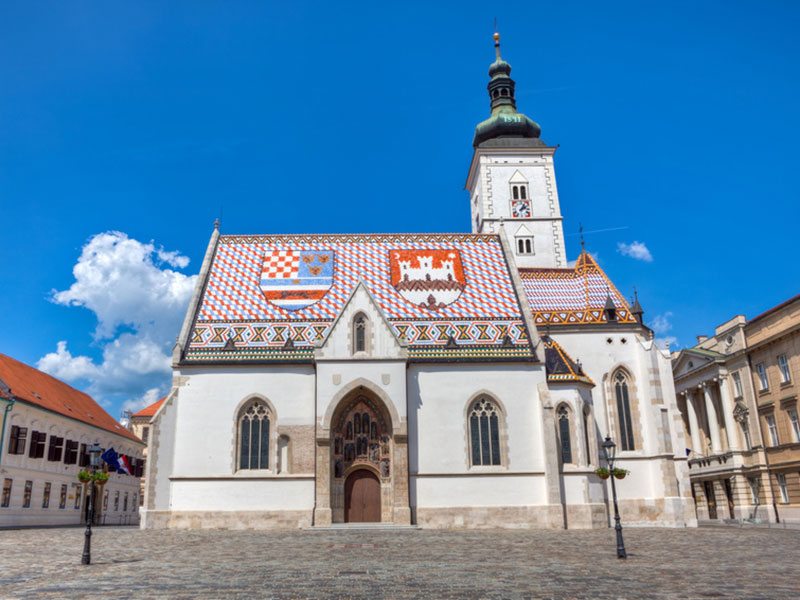Dubrovnik
Walls are built to protect treasures, and, in Dubrovnik, this is particularly accurate, with 1,940 meters of stone surrounding one of the world’s most beautiful cities. As George Bernard Shaw stated: “If you want to see heaven on Earth, come to Dubrovnik”. “The Pearl of the Adriatic” has captivated and seduced kings and artists for centuries with its immaculate medieval architecture.
Slano
The small village called Slano is a peaceful fishermen’s village and the close to Ston, another, once fortified small village famous for its oysters.
Mljet
Although Mljet isn’t a very large island, it is one of the gems of the Croatian coast. The legend says Greek hero Odysseus spent years on this island when he was captured by the nymph Calypso. That is why if you are looking for a respite from more heavily traveled areas of the country we recommend you give this paradise along the Adriatic islands a look.

Mljet
Korčula
The island of Korčula is best known as the birthplace of Marco Polo. Korčula is an enchanting destination surrounded by walls, and one of the best preserved medieval cities in the Mediterranean. Korčula has an abundant choice of restaurants, and there are numerous bars and clubs for those looking for evening entertainment.
Hvar
Hvar is a city and port on the island of Hvar, part of Split-Dalmatia County, Croatia. The municipality has a population of 4,251 while the city itself is inhabited by 3,771 people, making it the largest settlement on the island of Hvar.
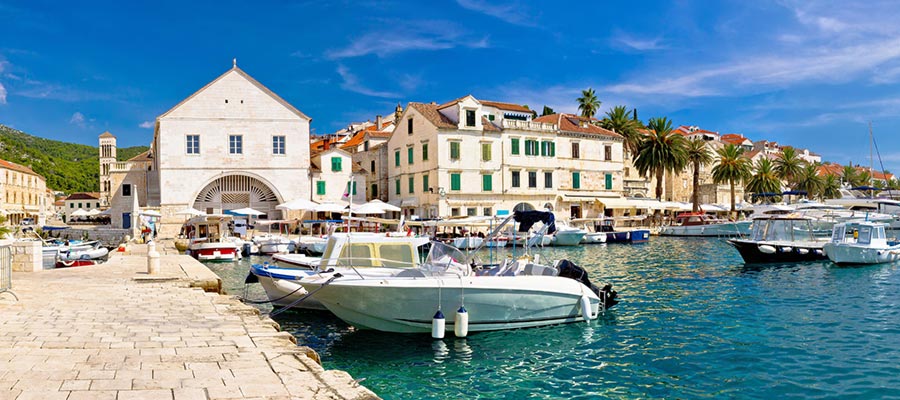
Hvar
Krka National Park
The main attraction of Krka National Park lies in its seven waterfalls. The widest of these is Roški slap, although Skradinski buk is the biggest and most well-known.
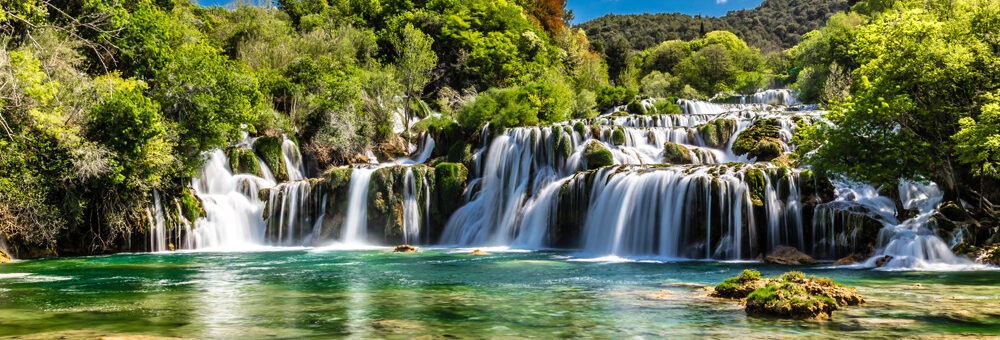
Beautiful Skradinski Buk Waterfall In Krka National Park – Dalmatia Croatia, Europe
Šibenik
A coastal city that has endured nearly a millennium of scorching temperatures, sustaining a few wars, being beaten by the waves and whipped by relentless winds, Šibenik remains as vibrant as ever.
Šibenik consists of stone buildings, stone stairways, rock cliffs, cobbled streets and stone arches. It is built on rocks and constructed with rocks. Šibenik is a city of sun, sea, and stone, a unique combination of characteristics that make this a city unlike any other in Croatia.
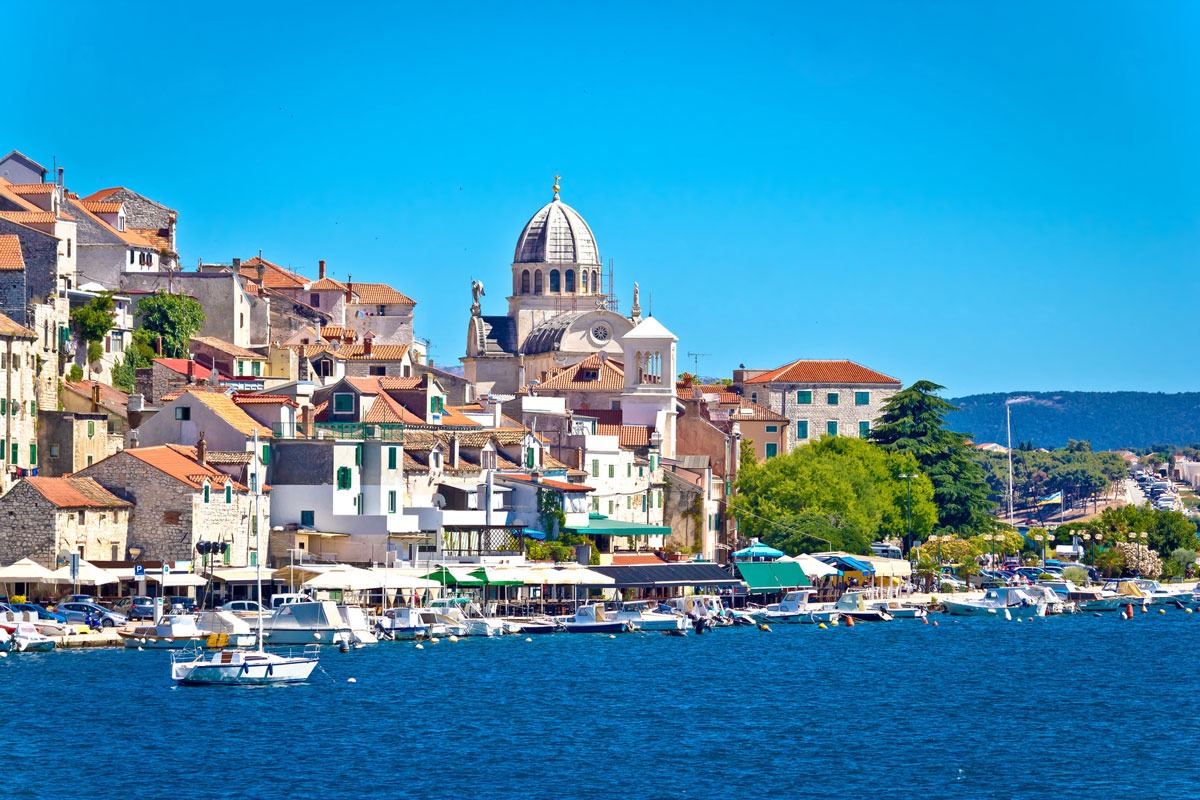
Šibenik
Split
Split, a town on Croatia’s Dalmatian Coast, is the second-largest city of Croatia and the largest city of the region of Dalmatia. It lies on the eastern shore of the Adriatic Sea, centered on the Roman Palace of Emperor Diocletian. With enough history to warrant it’s own extended visit, many visitors use Split as a base to explore the surrounding Dalmatian Islands.

Split
Plitvice Lakes National Park
Plitvice Lakes National Park is Croatia’s best known national park and the only one of eight that is listed on the UNESCO List of World Heritage sites. The main attractions of this park, unique in the world, are the 16 small lakes joined by waterfalls created by the sedimentation of travertine, a special type of limestone. This national park encompasses the source of the river Korana, located in the area surrounded by dense forests of beech, fir and spruce. There are also several caves in the park, as well as springs and flowering meadows.
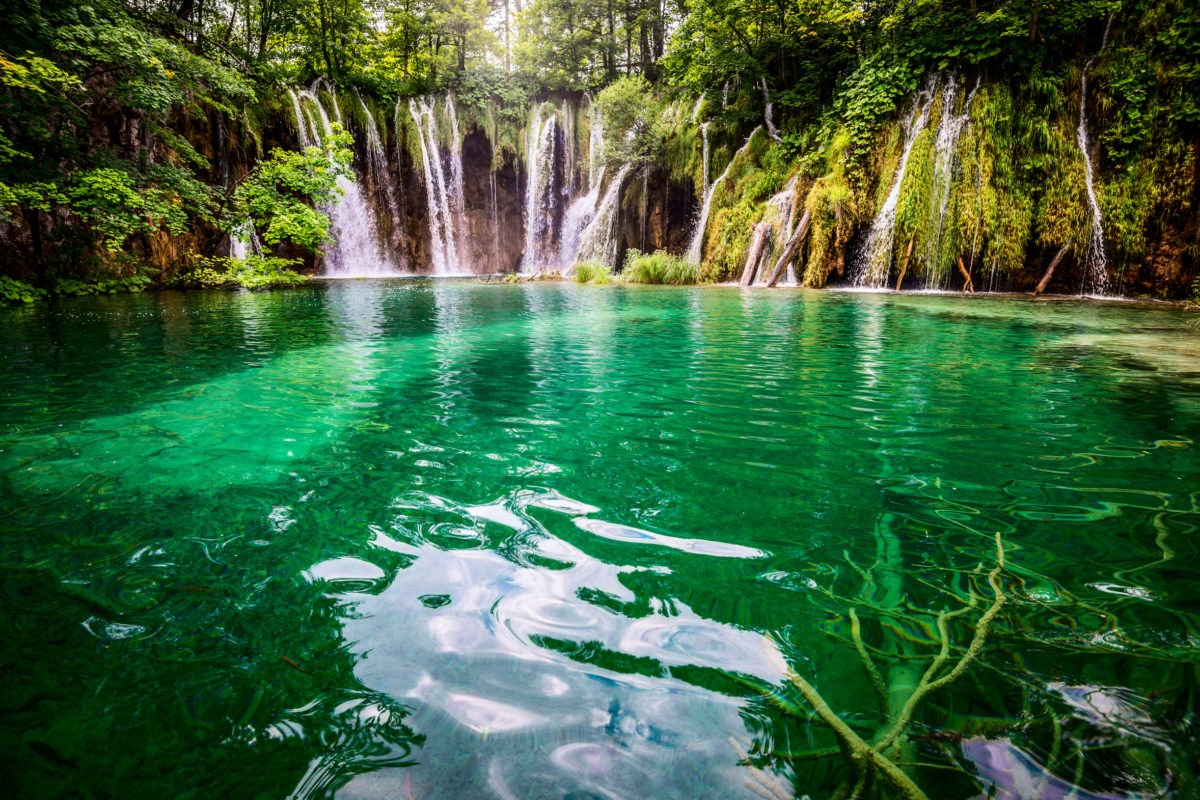
Plitvice
Zagreb
The northwestern capital of Croatia and its largest city, Zagreb is best known for its historical architecture in its cathedrals, places, and towers.



 English
English French
French


